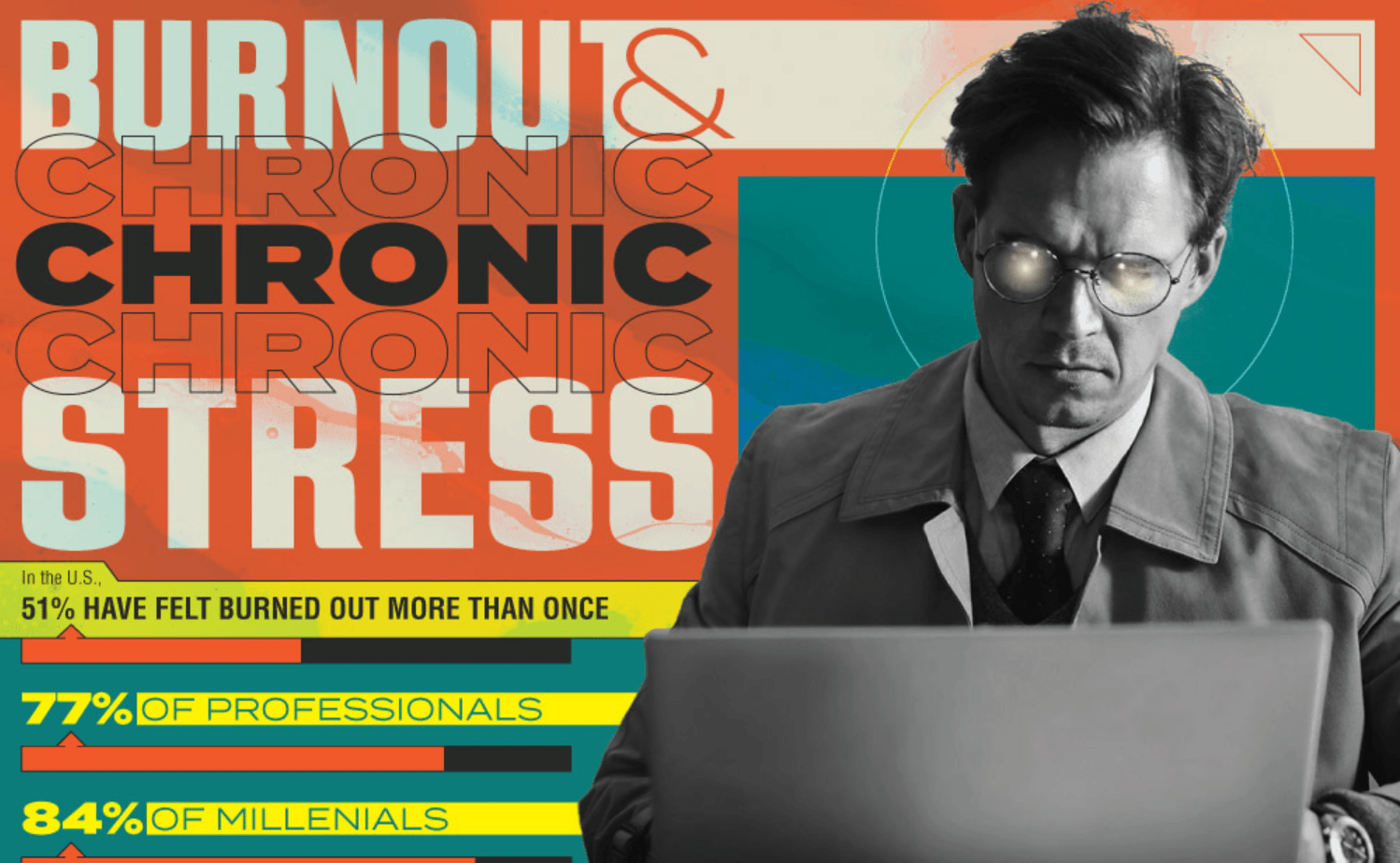WHO defines burnout as a condition caused by chronic stress within the workplace. Feelings of exhaustion, mental detachment, and poor performance are among the three elements that shape burnout syndrome; and today, 64% of American workers feel frustrated or stressed at work once or more per week. 57% of Americans say stress makes them feel paralyzed, and the remaining 43% say they feel invigorated during times of stress. However, chronic stress and burnout is completely reversible, and all it takes is implementing a few lifestyle changes.
Q4 2019 hedge fund letters, conferences and more
Saying this, the biggest indicator you’re experiencing burnout is if you have an unshakable feeling that your work quality is lagging and that you aren’t showing your fullest potential. Psychotherapist & author of The Burnout Bible Jacky Francis Walker says, “Someone on the brink will probably begin to feel emotionally numbed or mentally distant. Like they don’t have the capacity to engage as much in the ordinary things of life.” Your feelings of numbness are caused by an increase in your “stress hormones,” or cortisol levels. Interestingly enough, your cortisol levels increase by 2-5x during times of stress.
What Fuels Burnout In The Workplace
This is why it’s important to begin with searching for the underlying problem of your stress. Common fuelers of burnout in the workplace include an oppressive work environment, intense time pressures, and mismatched company and personal values.
Furthermore, establishing a routine is a great approach in treating your workplace stress. When your daily schedule is predictable, you’re less likely to spiral out of control when you’re approached with stress.
It’s also a great idea to create a to-do list to manage your daily tasks. This way, you know what to expect out of your day, eliminating the potential stress of unpredictability out of the equation. Simply prioritize each day, and look for long-term balance instead of trying to fit everything into one day.
Having said this, these are more hands-on approaches to reducing your cortisol levels outside of refining your work ergonomics. For example, catching up on your sleep. Stress brings on sleep problems, and sleep problems cause stress. If you’re up late, it’s likely you’re also working to pass time and tend to your feelings of low performance. When doing so, you’re prolonging your engagement with blue light screens, which can further your sleep problems. If you can’t stay away from the screen, try filtering glasses or a color shifting app to reduce your exposure to harsh blue lights.
Burnout culture is real, but it isn’t inevitable. In the U.S., 51% have felt burned out more than once. Continue reading for more information on stress in the workplace.





